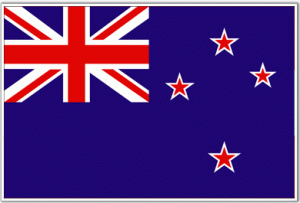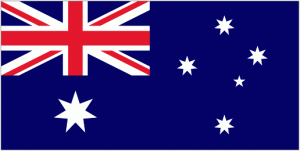Despite broadband provider propaganda designed to convince Americans restrictions on broadband usage were “commonplace” and well tolerated overseas, a group of New Zealand and Australian broadband entrepreneurs propose to spend just under $900NZ million to build new fiber capacity to help eliminate them once and for all.
A team of businessmen from the South Pacific today announced they are part of “an early stage” venture to construct a brand new underseas fiber optic cable to connect Australia and New Zealand with the United States, providing five times the capacity of existing service provided by the Southern Cross system.
The new group, Pacific Fibre, went public today and is talking with potential partners about the plan to construct a 13,000 kilometer cable by 2013.
Mark Rushworth, former Vodafone chief marketing officer, told TV New Zealand a full 90 percent of New Zealand Internet traffic is bound for the United States.
“It is using the most direct route. It is one hop from New Zealand to the US, which from a technical perspective is very important because it means it is a lower latency cable, that is, it is faster than other cables,” he said.
The primary impetus for the project was the common practice in New Zealand and Australia to limit customers’ usage of broadband service with Internet Overcharging schemes like usage-based billing or restrictive data caps which can throttle speeds just above dial-up for customers for weeks, if they exceed their usage allowance.
Private providers have lived happily on the revenue earned from such schemes and have done little to relax usage limits on their customers, so Pacific Fibre decided to undertake a game-changing new fiber cable themselves to drive prices down and eliminate the caps.
“We desperately need a cable that is not purely based on profit maximization, but on delivering unconstrained international bandwidth to everybody, and so we’ve decided to see whether we can do it ourselves,” said partner Sam Morgan.
“We hope to bring in extra capacity at a low price, which our carriers and ISP customers can end up passing on to their customers,” Rushworth said.
“We all know that in any market as soon as you introduce competition prices tend to drop and volume goes up,” he told TVNZ.
The current proposed cable configuration would have two fiber pairs with 64 wavelengths (lambdas) each at 40 gigabits per second per lambda. The maximum lit capacity initially would be 5.12 terabits per second, but would be upgradeable to over 12 terabits per second as emerging technology became a reality.


 Subscribe
Subscribe


